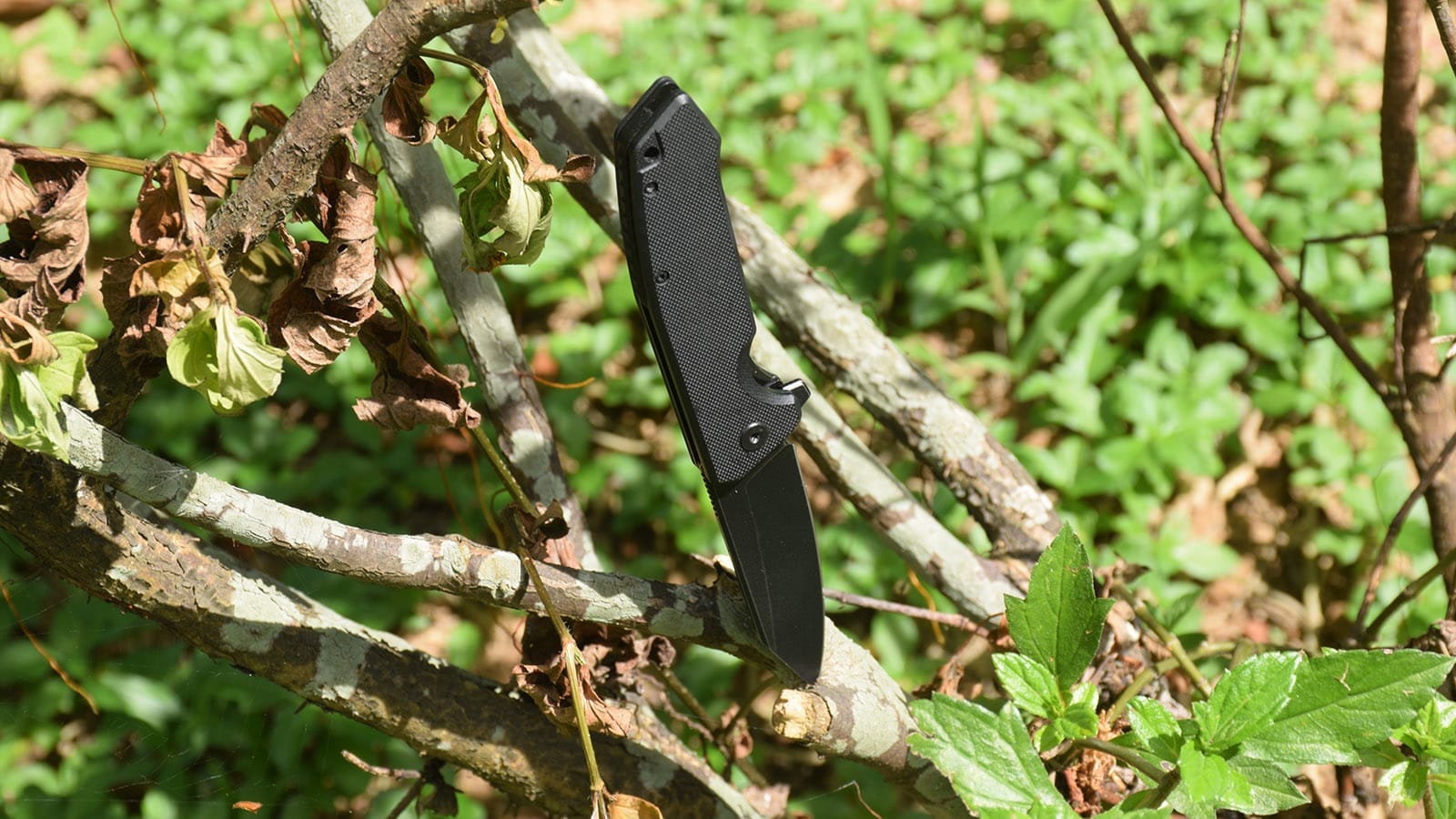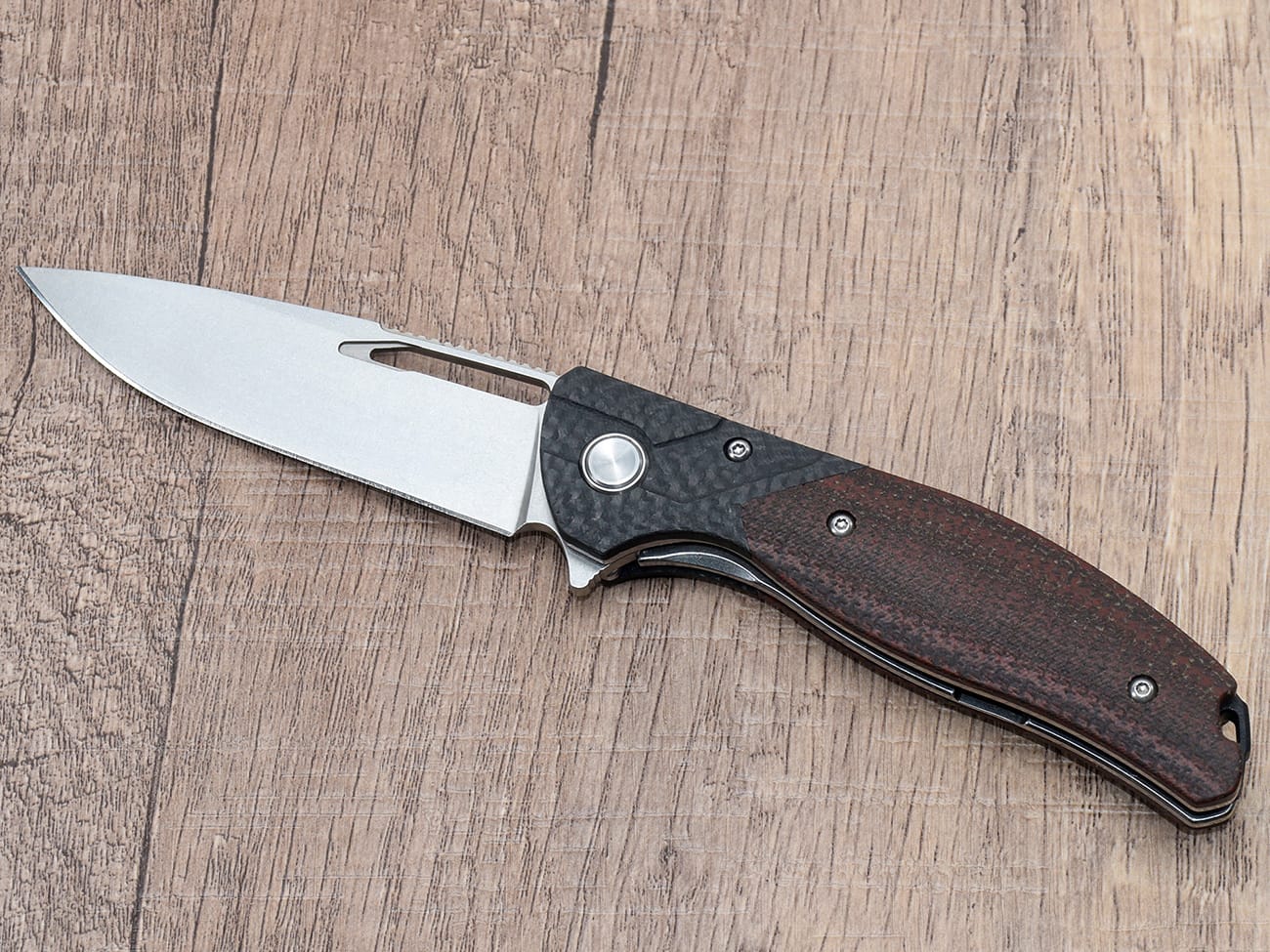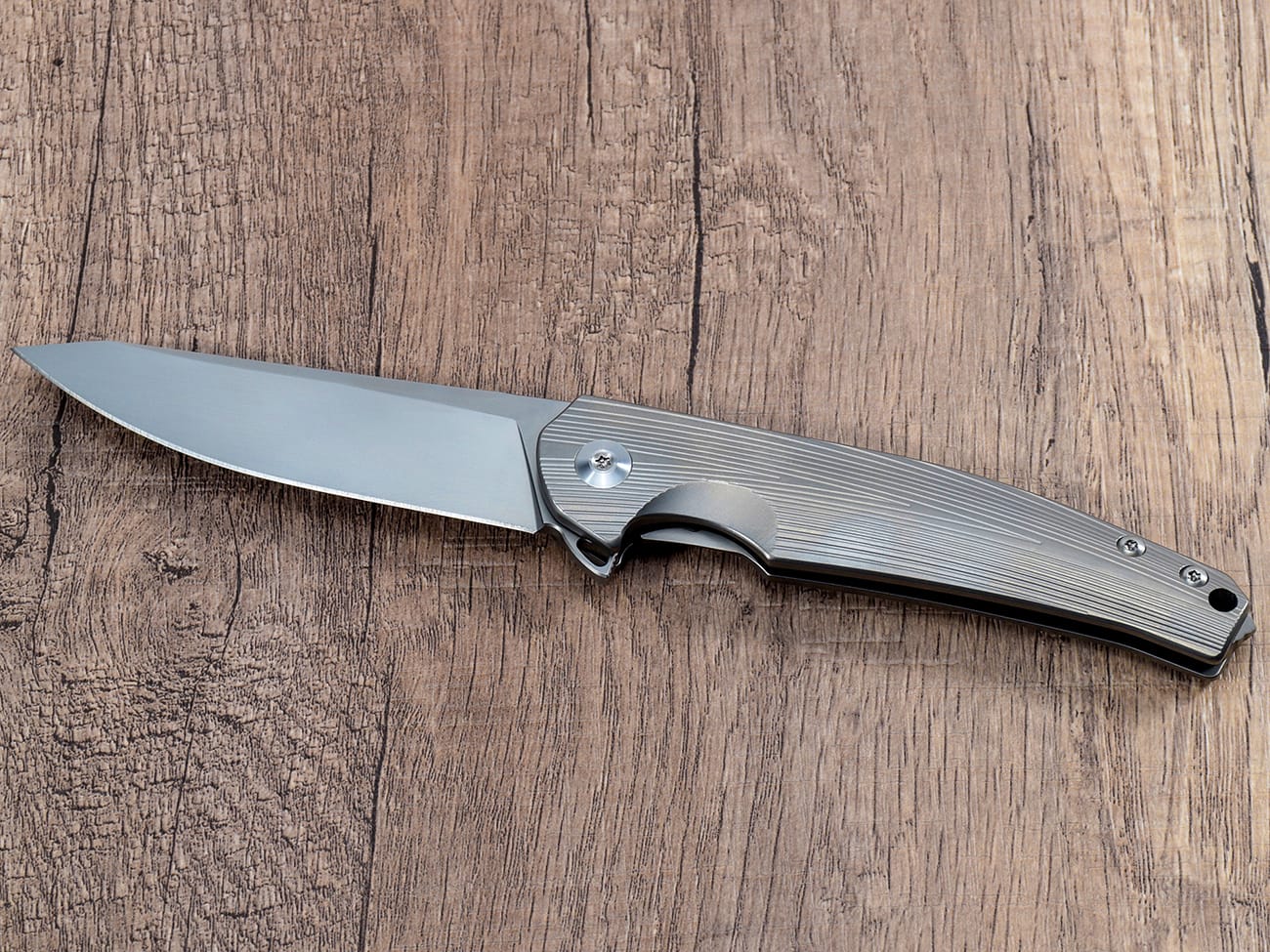Whether you’re interested in martial arts, self-defense, or historical combat techniques, understanding how to properly hold a dagger is crucial for both safety and effectiveness. This comprehensive guide will walk you through various grip techniques, their applications, and important safety considerations to keep in mind when handling edged weapons.
What Makes a Dagger Different from Other Knives?
A dagger is distinct from other types of knives due to its double-edged blade design and primary use as a close quarters combat knife. Unlike utility knives or folding knives, daggers are specifically designed for thrusting and require specific handling techniques.
Basic Safety Considerations Before Learning Dagger Grips
Before learning how to hold a knife for self-defense, it’s essential to understand proper safety protocols:
- Always treat the dagger as if it’s sharp
- Maintain a secure grip to prevent losing your knife
- Practice with training weapons first
- Be aware of local laws regarding knife carry

A modern tactical knife with ergonomic grip design
What Are the Primary Dagger Grip Styles?
There are several fundamental ways to hold a dagger, each with its own advantages and disadvantages:
Forward Grip
The forward grip is the most natural way to hold a knife. Your four fingers wrap around the knife handle with your thumb on top of the spine of the knife. This grip allows for powerful thrusting motions and provides a firm grip for various combat scenarios.
Reverse Grip (Icepick Grip)
In the reverse grip, also known as the icepick grip, the blade points downward with your thumb wrapped around the handle. This grip style offers excellent power for downward strikes but limits your reach.
How Do Different Handle Materials Affect Your Grip?
The type of knife handle significantly impacts how well you can maintain control. Custom fixed blade knives often feature materials like:
- G10 for all-weather grip
- Wood for traditional feel
- Micarta for durability
- Metal for strength
What Role Does the Tang Play in Grip Security?
A full tang construction, where the blade’s metal extends through the entire handle, provides the most secure grip would. This is particularly important in combat knife applications where losing your knife could be catastrophic.
Common Mistakes When Holding a Dagger
Many knife systems emphasize avoiding these common errors:
- Gripping too tightly
- Improper thumb placement
- Unstable finger positioning
- Inconsistent pressure points
How Does Blade Length Affect Grip Choice?
The length of your dagger blade influences how you should hold it:
- Short blades require closer combat range
- Longer blades offer more reach but may sacrifice control
- Fixed blade knives of different lengths require grip adjustments
What About Grip Transitions?
Being able to smoothly transition between grips is crucial for practical application:
- Practice fluid movements between forward and reverse grips
- Maintain control during transitions
- Keep your movements efficient and purposeful
Training Considerations for Proper Dagger Handling
Effective training should include:
- Regular practice with training weapons
- Gradual progression to live blades
- Focus on proper form before speed
- Integration with filipino martial arts principles
Legal Considerations and Responsible Ownership
Before carrying any edged weapon:
- Research local laws about knife carry
- Understand self-defense laws
- Consider alternatives like EDC knives
- Prioritize de-escalation
Key Points to Remember:
- Always maintain a secure and comfortable grip
- Practice regularly with training weapons
- Understand the advantages and limitations of each grip style
- Stay aware of legal restrictions
- Focus on safety first
- Master basic grips before advancing to complex techniques
Important Takeaways:
• Proper grip is fundamental to safe and effective dagger use • Different situations call for different grip styles • Regular practice is essential for proficiency • Safety should always be the primary concern • Legal compliance is non-negotiable • Training should progress from basic to advanced techniquesRemember: A dagger is a serious tool that requires respect, training, and responsible handling. Whether for martial arts practice or self-defense preparation, proper grip technique is your foundation for safe and effective use.




